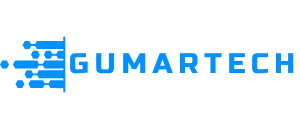SendGrid: Smarter Email Automation for Better Results!
In our modern digital landscape, email marketing continues to be an essential tactic for businesses aiming to engage with their audience. By harnessing the power of tools like SendGrid automations, marketers can streamline their campaigns, craft tailored messages, and foster stronger bonds with their customers. This comprehensive guide will dive into mastering SendGrid automations, highlighting key features and sophisticated strategies.
Introduction to SendGrid Automations
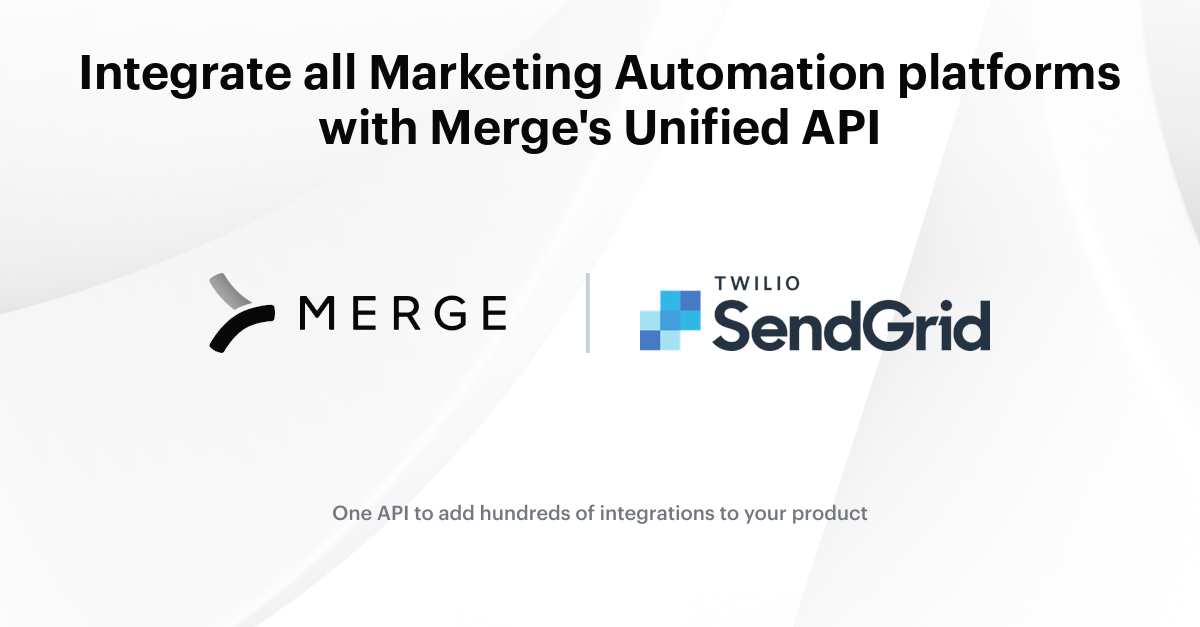
Email automation has transformed the landscape of communication between businesses and their clientele. Instead of manually crafting emails for various audience segments, automation enables you to send messages triggered by specific user actions or scheduled events.
Understanding Email Automation
Email automation equips marketers with the ability to deliver tailored emails to their subscribers without needing to write each message individually. It functions through automated workflows that activate when users engage or at predetermined times.
Examples of automated emails include welcoming new subscribers, follow-ups post-purchase, and reminders for abandoned carts. This approach ensures consistent communication, fostering stronger connections with the audience.
Significance of Marketing Automation
Automation plays a crucial role in marketing strategies. It boosts efficiency, enabling marketers to concentrate on high-level initiatives rather than being overwhelmed by repetitive tasks. In addition, automated emails often record higher open rates and engagements compared to traditional methods.
Furthermore, automation assures timely and relevant communications. Whether it involves welcoming new subscribers or re-engaging inactive users, it allows brands to quickly respond to customer needs, leading to elevated satisfaction and loyalty.
Key Features of SendGrid Automations
SendGrid offers a robust suite of features designed to make email automation easy and effective for businesses of all sizes. Understanding these features is vital to capitalizing on what SendGrid has to offer.
Automated Workflows
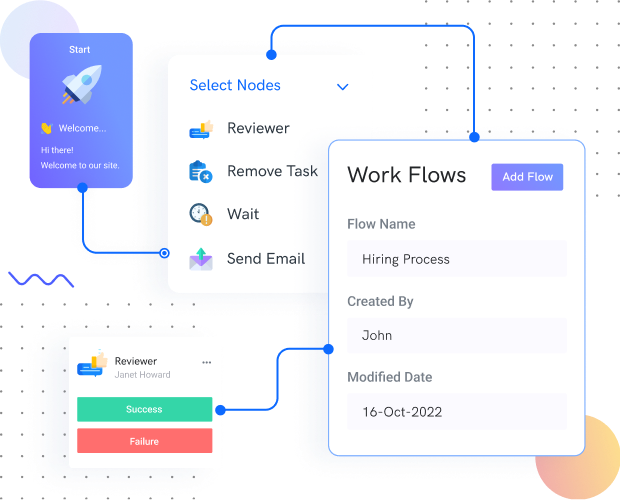
Automated workflows are at the heart of SendGrid’s automation capabilities. These workflows allow you to create a sequence of emails that can be tailored to various customer journeys.
You can set up workflows based on user actions, such as signing up for a newsletter or making a purchase. Each step in the workflow can trigger additional emails, helping to nurture leads and move them further down the sales funnel.
The beauty of automated workflows lies in their versatility. You can personalize each message according to data collected about the subscriber, enhancing the relevancy of your communications. This ensures that your audience receives information that resonates with them directly.
Drag-and-Drop Interface
One of the standout features of SendGrid automations is its intuitive drag-and-drop interface. This user-friendly design makes it accessible even for those who may not have technical expertise.
With the drag-and-drop functionality, creating complex email automation sequences becomes straightforward. Users can easily add conditions, triggers, and emails to their workflows without needing to write any code.
The visual representation of workflows also enhances clarity, allowing marketers to see the entire journey their customers will take. This reduces the likelihood of errors and helps ensure seamless transitions between each email in the sequence.
Trigger-Based Campaigns
Trigger-based campaigns are an essential component of SendGrid automations. These campaigns are initiated based on specific actions taken by subscribers. For instance, if a user adds items to their shopping cart but does not complete the purchase, you can set up an automated email to remind them of their cart contents.
Trigger-based campaigns allow for highly personalized interactions. By responding to subscriber activity, you can deliver relevant content at the right moment, increasing the chances of conversion and engagement.
Additionally, these campaigns can be fine-tuned over time based on performance metrics, enabling continuous improvement and optimization.
Customizable Templates
Customization is critical in email marketing, and SendGrid provides a range of customizable templates to cater to different branding needs.
Users can choose from pre-designed templates or create their own using HTML and CSS. This flexibility allows brands to maintain consistency across their communications while ensuring that their emails reflect their unique identity.
Customizable templates also help save time; rather than starting from scratch with each campaign, marketers can simply tweak existing designs to fit their current objectives. This results in more efficient workflows and quicker turnaround times for email campaigns.
Getting Started with SendGrid Automations
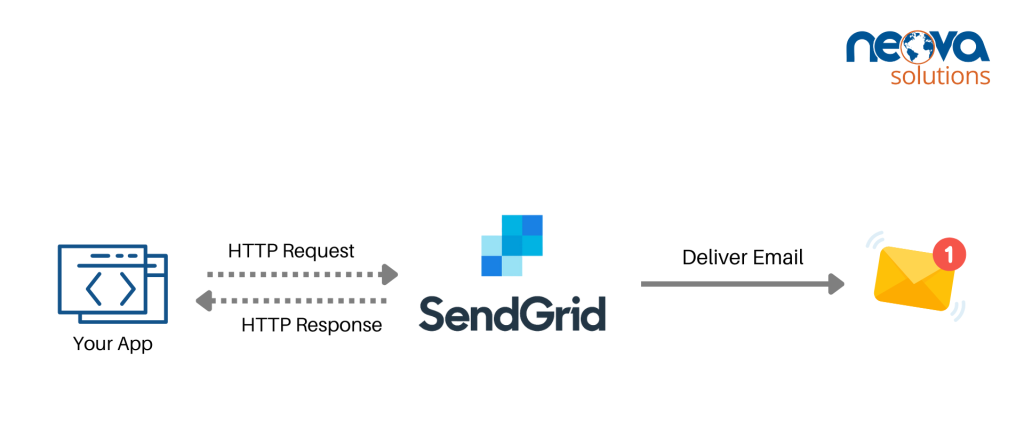
If you’re new to SendGrid, getting started with automations might seem daunting. However, the process is relatively simple and can be broken down into a few key steps.
Setting Up Your SendGrid Account
Before you can leverage SendGrid automations, you need to establish an account. The registration process is straightforward; visit the SendGrid website and sign up for the service that best fits your business needs.
Once you’ve created your account, you’ll gain access to a variety of tools and resources designed to support your email marketing efforts. Make sure to verify your email address and complete any necessary setup steps provided by SendGrid.
After setting up your account, familiarize yourself with the dashboard. An understanding of the available features will empower you to utilize SendGrid automations effectively.
Navigating the SendGrid Dashboard
The SendGrid dashboard is your command center for managing email campaigns and automations. When you log in, you will find a plethora of options ranging from lists and contacts to analytics and settings.
Take time to explore each section of the dashboard. The “Marketing” tab will be particularly important as it houses most of the tools related to email creation, automation setups, and performance analysis.
Understanding how to navigate the dashboard will ensure you can quickly access the functionalities you need, reducing frustration and increasing productivity as you begin your email automation journey.
Accessing the Automation Section
To access the automation section, look for the “Automation” option within the dashboard. Here, you’ll find the tools needed to create and manage your automated workflows.
Once inside the automation section, you can view existing automations or start building new ones. Take advantage of any tutorials or guides offered by SendGrid to get acquainted with the various automation features.
It’s a good idea to sketch out a plan for your first automation before diving in. Think about the goals you want to achieve and the customer journey you aim to map out.
Creating Your First Automation

Now that you have a solid understanding of SendGrid and its dashboard, let’s walk through the steps involved in creating your first automation.
Creating your first automation involves thoughtful planning to ensure that it aligns with your marketing objectives and meets customer needs.
Defining Your Objective
Before you begin crafting your automation, define clear objectives. What do you want to achieve? Are you looking to welcome new subscribers, recover abandoned carts, or encourage repeat purchases?
A well-defined objective will guide every aspect of your automation, from the content of the emails to the timing of each message.
Mapping Out the Customer Journey
Once you’ve established your objective, it’s time to map out the customer journey. Consider the various touchpoints and interactions your audience will have with your brand.
For example, if you’re creating a welcome series, outline the sequence of emails you’ll send over the coming days or weeks. Identify what information should be included in each message and how they relate to the overall goal of onboarding new subscribers.
Building the Automation in SendGrid
With your objective defined and customer journey mapped, you can now begin building your automation in SendGrid. Start by selecting “Create New Workflow” within the automation section of the dashboard.
Utilize the drag-and-drop interface to add the necessary steps for your automation. Set triggers based on user behavior, such as subscribing to your list or completing a purchase.
As you build each step, remember to customize your email content to ensure it aligns with your objective and speaks to your audience’s needs. Don’t forget to incorporate personalization tokens where applicable, as these can enhance engagement rates.
Types of Automations in SendGrid
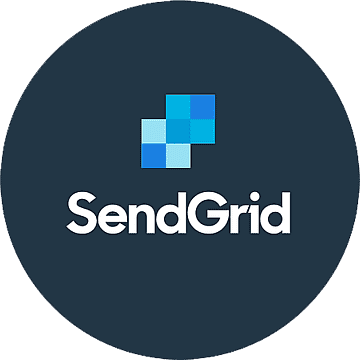
Various automations in email marketing serve distinct purposes. Familiarizing yourself with common types can aid in creating targeted strategies for your needs.
Welcome Series
A welcome series is crucial for engaging new subscribers. It sets the tone for future communications and introduces your brand, informing subscribers about what to expect while encouraging exploration of your offerings. In early emails, consider offering exclusive content or discounts to drive engagement and immediate action, resulting in better retention and customer loyalty.
Abandoned Cart Emails
Abandoned cart emails are highly effective for e-commerce. They remind customers of items left in their carts, prompting them to complete purchases. Utilize personalization by showcasing specific abandoned items along with strong calls-to-action. Offering incentives like discounts can also boost conversion rates significantly.
Re-engagement Campaigns
Re-engagement campaigns help reconnect with inactive subscribers. Identify those who haven’t engaged recently and create targeted emails to spark their interest. Provide valuable offers, such as exclusive discounts or surveys, demonstrating that you appreciate their feedback and want to regain their engagement.
Post-Purchase Follow-Ups
Post-purchase emails enhance customer experience and loyalty. Thank customers, request feedback, and suggest related products after their purchase. These follow-ups should feel personalized and relevant, promoting complementary products or inviting them to loyalty programs, keeping your brand at the forefront.
If you’re eager to elevate your email marketing game, incorporating robust automation tools like SendGrid is an excellent first step. But why limit yourself? GoHighLevel provides a comprehensive array of features that seamlessly complement SendGrid, propelling your email campaigns into new heights. With GoHighLevel, you can effortlessly automate workflows, categorize your audience, and monitor performance – all from a single platform. If you’re prepared to boost the efficiency and impact of your email marketing, dive into how GoHighLevel can supercharge your automation strategy today!
Personalizing Your Automated Emails
Personalization is a critical element in email marketing that enhances customer experience and drives engagement. With SendGrid automations, you have numerous opportunities to personalize your emails, which can significantly influence performance.
Using Subscriber Information
Boost your automated emails by leveraging subscriber data such as names, locations, and purchase history, in addition to their previous interactions with your emails.
Using personalization tokens can really enhance engagement. When you address people by their name and reference items they’ve bought before, it creates a sense of connection.
Consider segmenting your email lists based on interests, demographics, or how engaged subscribers are for messaging that truly resonates.
Dynamic Content
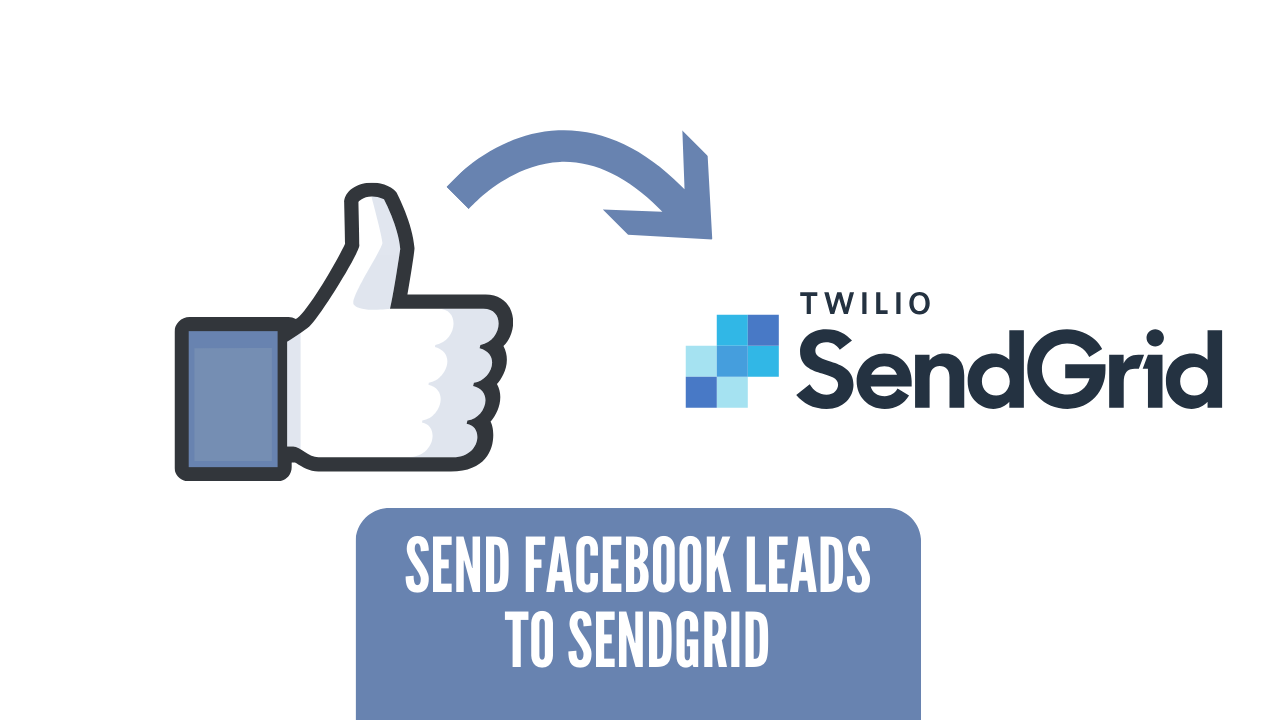
Dynamic content takes personalization up a notch by showing different content sections within the same email, tailored to the recipient’s characteristics.
For instance, if you sell clothing, you might display distinct recommendations according to past purchases or browsing activity, which can lead to higher click-through and conversion rates.
Implementing dynamic content requires careful thought and understanding of your audience but can significantly elevate customer engagement.
Testing and Improvement
Personalization is an ongoing journey that calls for regular testing and enhancement. Keep track of performance metrics and adjust your strategies as needed.
A/B testing aspects like subject lines and content design can help you understand what captivates your audience, allowing you to refine your personalization methods.
Treat personalization as a continuous cycle to ensure your email campaigns stay fresh and engaging based on subscriber input.
Monitoring and Analyzing Performance

Once you’ve implemented SendGrid automations, regularly monitoring and analyzing performance is crucial to understanding the effectiveness of your campaigns. Metrics provide valuable insights into how your audience is interacting with your emails.
Key Metrics to Track
There are several key metrics to track when evaluating the performance of your automated emails. Open rates indicate how many recipients are opening your emails, while click-through rates reveal how engaged they are with your content.
Conversion rates measure the percentage of users who took the desired action, such as making a purchase or signing up for an event. Additionally, unsubscribes and complaint rates can provide context regarding how your audience perceives your emails.
Monitoring these metrics will help you identify trends and areas for improvement, enabling you to optimize your campaigns based on real-world data.
Utilizing SendGrid Analytics
SendGrid offers built-in analytics that allow you to track the performance of your email automations seamlessly. Access the analytics dashboard to view detailed reports on key metrics, delivery rates, and user engagement.
Use the analytics data to pinpoint which emails performed exceptionally well and which fell short. Look for patterns in high-performing emails, such as specific subject lines or content types that resonate with your audience.
This data-driven approach will inform your future email strategies and enable you to continually refine your automations for better results.
Making Data-Driven Decisions
Data-driven decision-making is crucial for optimizing your email automation efforts. Instead of relying on assumptions, use the insights gained from monitoring performance to inform your next steps.
Should you notice lower open rates for specific automations, consider experimenting with different subject lines or sender names to boost visibility. If certain types of content consistently outperform others, use that knowledge to adjust your messaging strategy accordingly.
Ultimately, leveraging data empowers you to create more relevant, engaging, and impactful email campaigns that align with your audience’s preferences.
Best Practices for SendGrid Automations
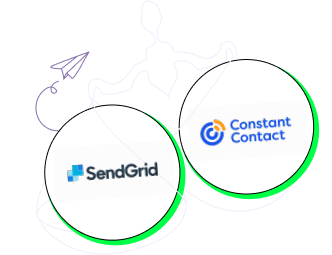
Navigating the world of email automation can be complex, but adhering to best practices will help you maximize the effectiveness of your SendGrid automations.
Consistency in Branding and Messaging
Maintaining consistency in branding and messaging across all automated emails is vital. Your emails should reflect your brand’s personality, values, and voice to reinforce recognition and trust.
From visual elements like logos, colors, and fonts to the tone of your written content, consistency builds a cohesive experience for subscribers. This familiarity fosters a stronger connection with your audience and enhances brand loyalty.
Timing and Frequency Considerations
Timing and frequency play crucial roles in the success of your email automations. Sending emails too frequently can overwhelm subscribers, leading to decreased engagement and higher unsubscribe rates.
Conversely, infrequent emails may cause subscribers to forget about your brand altogether. Striking the right balance is key. Segment your audience based on their engagement levels and preferences to tailor the timing and frequency of your emails accordingly.
A well-thought-out schedule that considers peak engagement times can significantly improve open rates and overall effectiveness.
Compliance with Email Regulations
Compliance with email regulations is paramount when conducting email marketing campaigns. Familiarize yourself with laws such as GDPR and CAN-SPAM to ensure that your automated emails adhere to legal requirements.
Obtain explicit consent from subscribers before adding them to your email list and provide clear opt-out options in every email. Additionally, ensure that your data collection and storage practices comply with privacy regulations.
Adhering to compliance standards not only protects your business legally but also builds trust with your audience.
Advanced Automation Techniques
Once you’re familiar with SendGrid basics, exploring advanced techniques can boost your email marketing further.
Connecting with Other Marketing Tools
Integration enhances email automation. Linking SendGrid to tools like CRM systems or analytics offers a complete view of customer interactions. For example, syncing a CRM imports valuable customer data into SendGrid, improving segmentation and personalization.
Check out various SendGrid integrations to streamline your workflows and enhance your marketing strategy.
Using API for Custom Solutions
SendGrid’s API lets developers build tailored solutions. If you need advanced features, the API can enable new opportunities. With the API, automate emails based on events or integrate SendGrid with web apps for a personalized customer experience.
However, using the API requires technical knowledge, so consider working with a developer if needed.
Applying Behavioral Triggers
Behavioral triggers improve automation by responding to user actions in real-time, allowing for timely, relevant communications based on specific behaviors. For instance, if a user explores a category on your site, send tailored product suggestions immediately to enhance their experience and boost conversions.
Implementing behavioral triggers necessitates tracking user actions, so ensure data-gathering methods are in place.
Emerging Trends in Email Automation
The landscape of email automation is changing, and staying ahead of the curve can give you a significant edge.
Innovations in AI and Machine Learning
The integration of AI and machine learning is poised to transform email automation by sifting through data to uncover trends and predict user actions, which enhances targeting and personalization efforts.
For example, AI can pinpoint the best times to send emails based on individual user responses, resulting in higher open rates. Additionally, machine learning can refine audience segmentation, ensuring messages reach the right inboxes.
As AI technology advances, businesses adopting these innovations will likely see substantial gains in their email marketing efforts.
Focus on Customer Experience

As competition heats up, brands are placing greater importance on customer experience, which directly shapes email automation tactics aimed at fostering meaningful interactions.
Enhancing customer experience requires tailoring content, anticipating needs, and providing valuable insights. Brands that hone in on this strategy will cultivate stronger connections and promote loyalty.
Improvements in Personalization Strategies
Personalization efforts are evolving past simple methods, as consumers now seek richer engagement within emails.
Future approaches may leverage predictive analytics to understand user preferences better and apply detailed segmentation based on factors like website interaction. Marketers leveraging these strategies will successfully align with customer expectations and enhance engagement.
Final Thoughts
Implementing SendGrid automations can supercharge your email marketing by refining efficiency, personalization, and connections with your audience. By understanding crucial features and best practices, you can craft successful automated campaigns that drive engagement and conversions.
Staying informed about technological advancements like AI developments and a focus on customer experience will equip your brand for triumph. Take advantage of SendGrid automations to elevate your email marketing endeavors!
